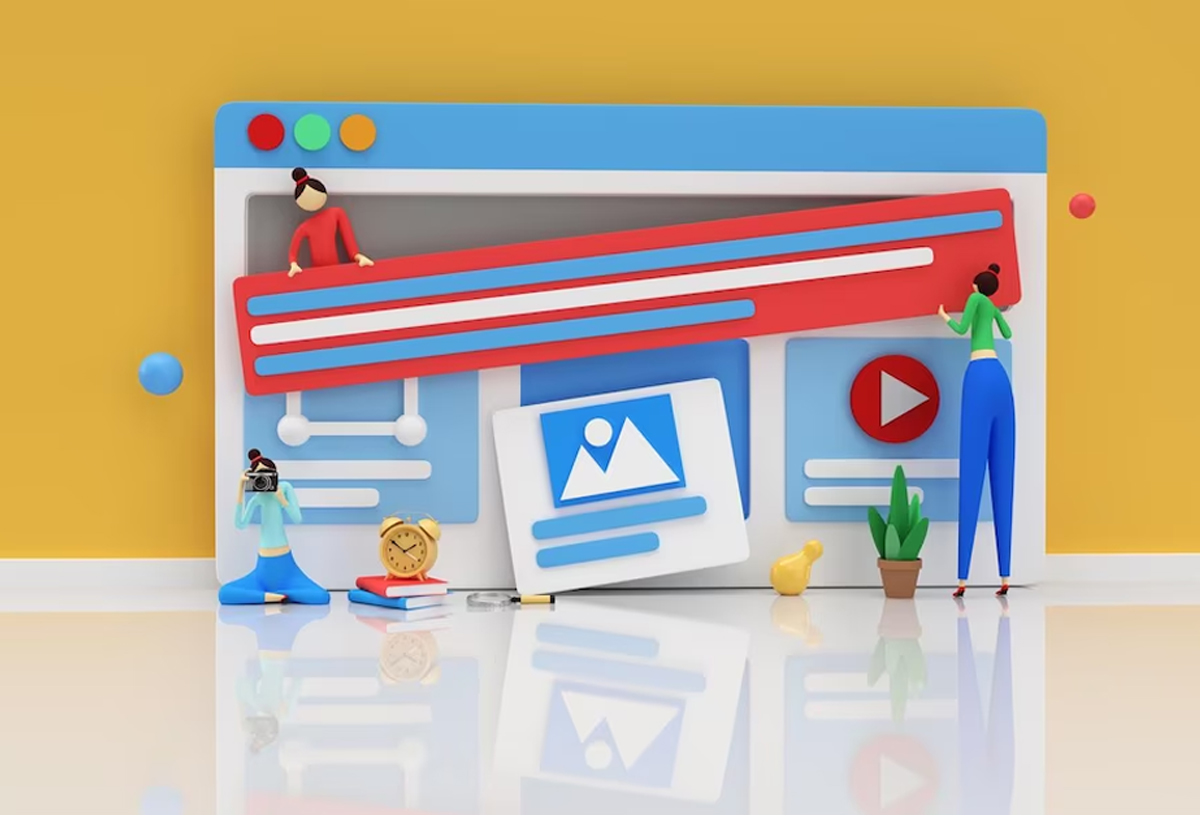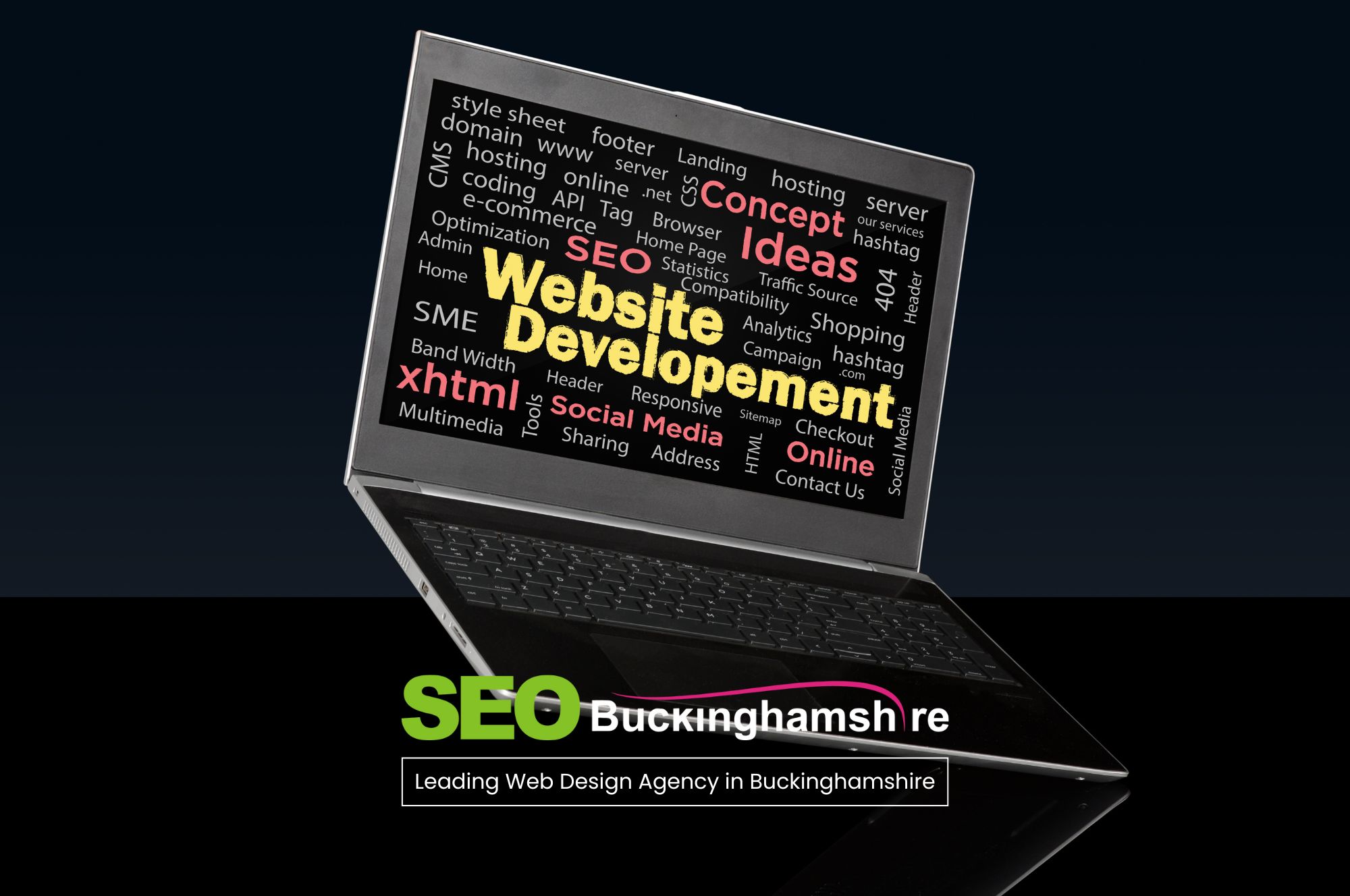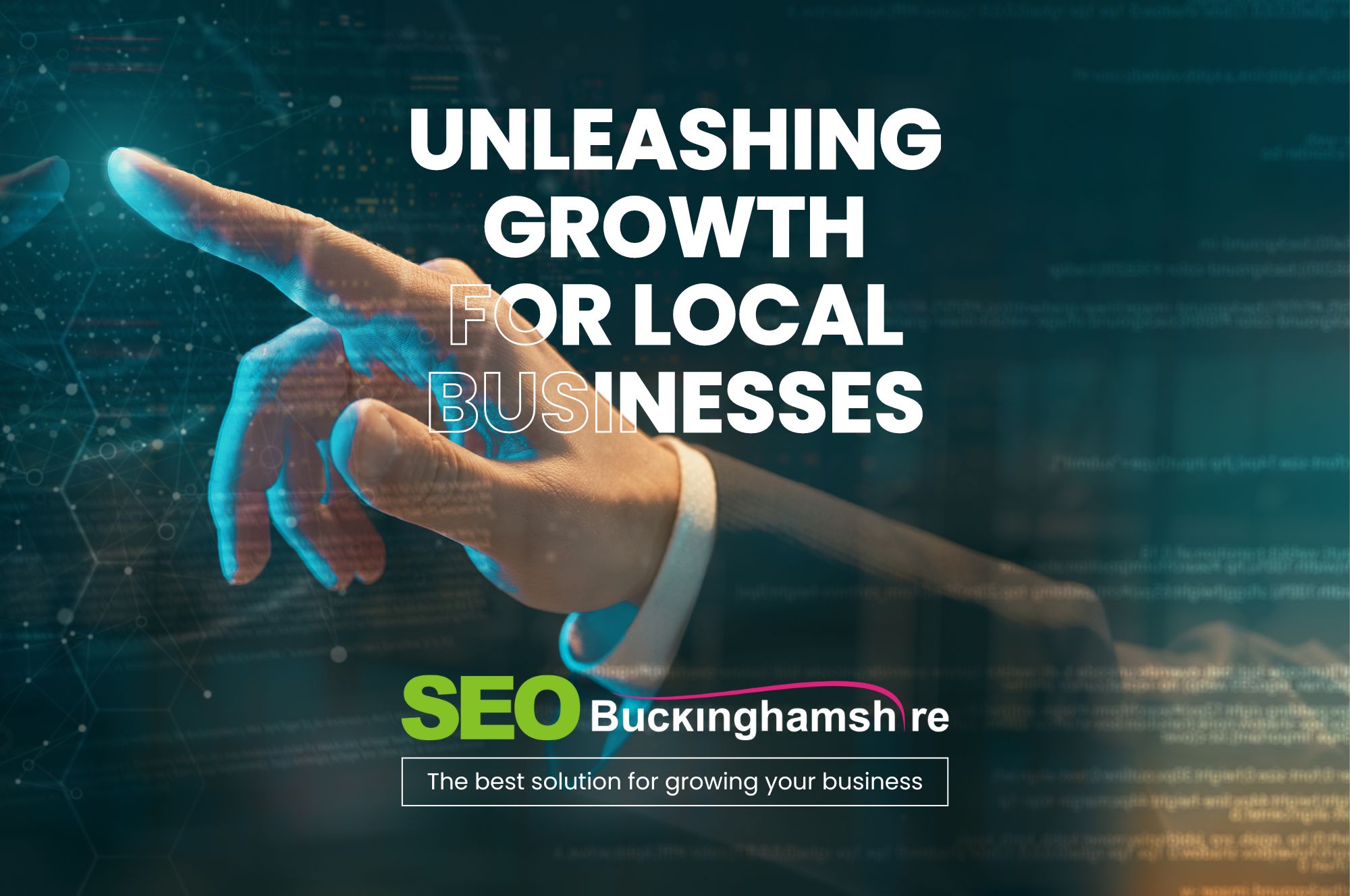Image optimization is one of the most important steps for your SEO campaign. A user engages more with website images rather than content. If you have an e-commerce store, photography or portfolio website, media site, business or another website, you just can’t ignore this step.
According to a recent report, around 64% of a website’s weight is consist of images. So if your website images are not optimized well then it will have a negative impact on your website SEO and user experience. Let’s first understand what basically is Image optimization.
Image Optimization and its benefits
It is a process of delivering the best quality images in the right dimension, format, size while keeping the image size as small as possible. There are lots of benefits of it:
– It improves your site SEO score
According to google image optimization is one of the most important ranking factors from the SEO point of view. Google doesn’t like slow loading sites and high dimensioned images are the main reason, a website takes too much time to load.
A faster website always gets a better and higher position on search ranking.
– Enhance user engagement
Image optimization gives your website visitors a faster experience, thus users will pass more time on the site. It is also very important for mobile users as well. According to a recent report, around 53% mobile users abandon sites which takes more than 3 seconds to load. And as we know that 64% of a site’s weight is consist of images, means if your images are optimized then you have already won the half battle.
– Speed up your website
When you use HD dimension images on your website, it’s clear that your website will load slow cause it needs to load all your website content including CSS, JS, and images. So high dimension images slow down a website. Image optimization improves page loading speed by compressing HD images into smaller size while keeping the same image quality.
– Boost your website conversions
If your website loads quickly, a visitor will pass more time on your site. Ultimately, it will increase website sales and leads. Also when your site gets higher ranking on search engines then more people will land on your website to buy your products and services.
Better search ranking means more web traffic, and more traffic means more sales.
How To Optimize Website Images
Now, we’ve already known the benefits of it, let’s just into the “How Part”. Image optimization is a simple and quick process. Below are the points, you need to focus on:
– Compress your image before uploading to the website
Reducing the size of images is very important, as you shouldn’t use high dimension images on your website (it will make it slow). So for this, you can use some FREE online tools like “Tinypng” and “Optimizilla“. The main goal of these websites is reducing the size of an image while keeping the same image quality. Let’s suppose if you’re image size is 930kb, then it will reduce the size to approx. 300-400kb and you will also get the same quality.
– Use relevant “ALT” and “Title” tags
Using appropriate “ALT” and “Title” tags are also very useful in SEO point of view. The main work of alt tags is to describe the content of an image file to Google and other search engines. Adding alt tags on your website images can help you achieve higher and better search ranking.
A good alt tag example:
– <img src=”black-sports-shoes11.jpg” alt=”black-sports-shoes”/>
A bad alt tag example:
– <img src=”black-sports-shoes11.jpg” alt=”abc-1234″/>
– Use best image format – JPG, PNG, and GIF
For better image quality always use JPEG, PNG and GIF images. For e-commerce store, JPEG images are the best bet for product images. You can use PNG images for your website logo, faction icons, social media icons if you want a transparent background. Never use GIFs for large website images.
– Rename your images before uploading
Before uploading an image to the website, renaming the image is a smart decision. Because when you rename an image file then it will make it easy for search engines to rank this particular image a bit higher in the SERPs.
Let’s understand this with an example. Suppose you have a “Website Design” image. Then
A good file format is:
– “website-design-in-usa.jpg”
And Wrong file format is:
– “XYZ123.jpg”
If you want us to help in image optimization task, contact us directly.
Get Your FREE SEO Review Now!







